SeaWorld sure has changed since first opening on March 21, 1964. Founded by UCLA Alumni George Millay, Milt Shedd, Ken Norris and David DeMott, SeaWorld opened its first park in San Diego. The original plan was to build an underwater restaurant, but it was deemed impossible at the time. Instead, they decided to open up an ocean-themed amusement park in the newly constructed Mission Bay. With only a few dolphins, sea lions, and attractions, the park attracted over 400,000 people in its first year in operation.
Come along with us on a photographic journey to the SeaWorld San Diego of 1964. We’ll see what was there on opening day, what happened to it, and what is there today.

Original Entrance
The original entrance to SeaWorld San Diego was a tall, wooden A-frame. Admission at the time was $2.25 for adults, $1.25 for kids aged 12-17, and only 60 cents for kids under 12! The park opened under the name “Sea World,” but eventually got rid of the space between the words to avoid confusion with another park named “Sea World” in Australia. That’s why the street that goes past the park is named “Sea World Drive.”

So what happened to this entrance structure? While its location was perfect in 1964, the entrance would have to move when the park expanded. In 1987, the current Shamu Stadium was built right on the land occupied by the former entrance, and the entrance was moved to its current location. A sign paying homage to the the original park’s entrance can be seen at the left exit of Shamu Stadium by Shipwreck Rapids.
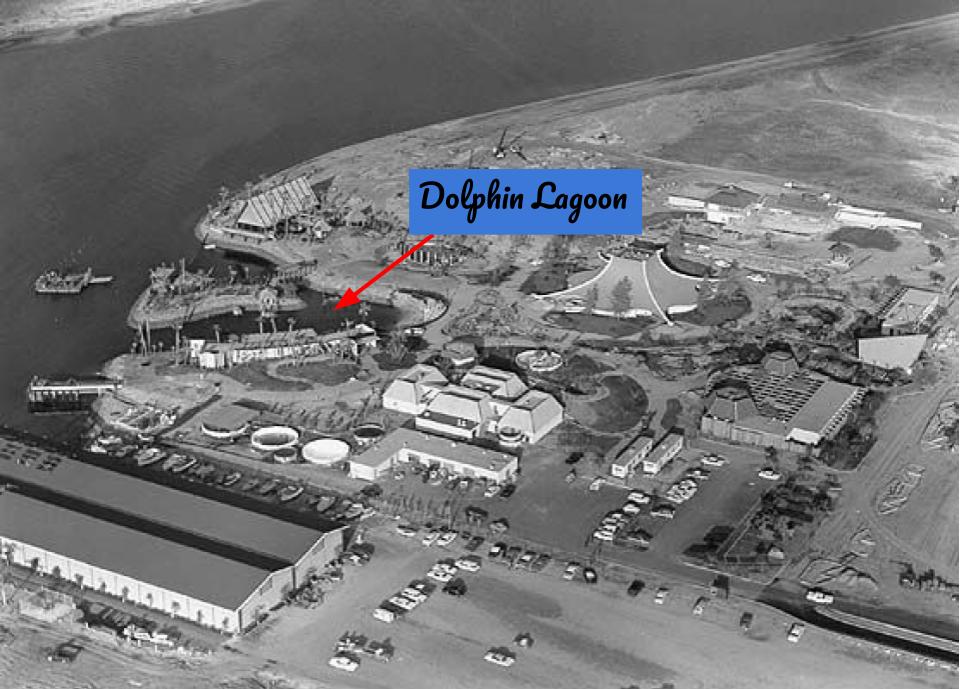
Dolphin Lagoon
SeaWorld wouldn’t be SeaWorld without animal shows, but Killer Whales wouldn’t come into the picture until 1965. SeaWorld started out with a dolphin show that took place in an enclosed area of Mission Bay.

A separate stadium would eventually be built in 1971 to ensure that the dolphins lived in a filtered environment, which is the current Dolphin Stadium. The original Dolphin Lagoon would turn into a venue for acrobatics shows, including the classic Muscle Beach show and Cirque de la Mer. The stadium still hosts the acrobatic show Cirque Electrique during the summertime as part of Electric Ocean.

Theater of the Sea
Theater of the Sea used to be one of the park’s premier attractions. Inside the building was a 160,000-gallon rectangular aquarium with seats on all four sides. The aquarium housed a few dolphins, and divers would put on underwater shows, which, when paired with an exciting musical score and dramatic lighting, made for an unforgettable experience.

The Theater of the Sea would eventually house Commerson’s Dolphins, making SeaWorld San Diego one of the few aquariums to display the majestic species. In 1997, the dolphins would be moved to the backstage pools as the Theater of the Sea would be demolished to make Shipwreck Rapids. The building was exactly located where the dining tables by Shipwreck Reef Cafe are today.
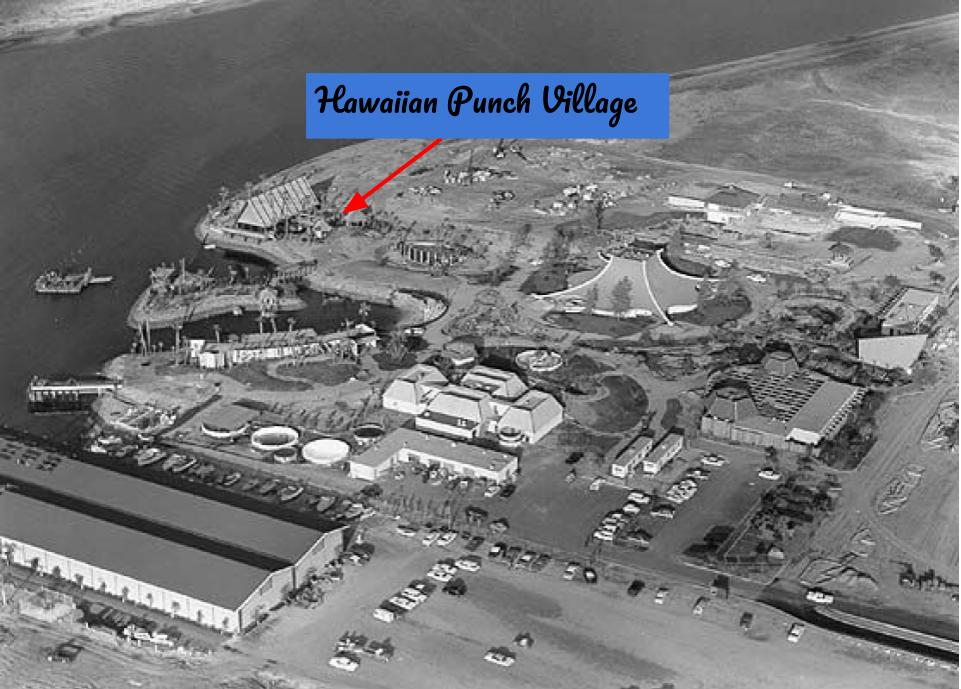
Hawaiian Punch Village
Just like Disney’s relationship with Dole, SeaWorld partnered with Hawaiian Punch to create an island-themed area in which specialty tropical drinks were served.

The Hawaiian Punch Village connected to the island in Dolphin Lagoon, enabling park guests to watch the dolphin shows from the stadium, island, and bridge. After SeaWorld’s partnership with Hawaiian Punch ended, the restaurant was renamed the Bayside Cafe

Unfortunately, though, the wood structure of the Bayside Cafe would not withstand the test of time. The structure eventually became damaged beyond repair by termites, and was demolished in the early 2000s. The plot of land that housed the Hawaiian Punch Village and Bayside Cafe is still undeveloped, although a nearby plot of grass is used for Polynesian dancing demonstrations during the Seven Seas Food Festival.
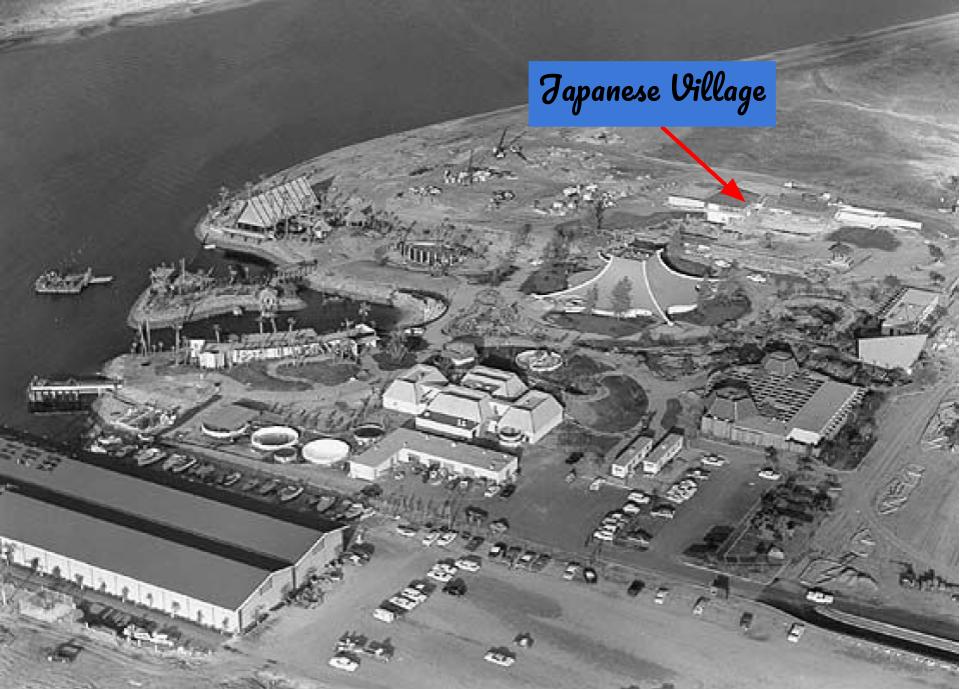
Japanese Village
The Japanese Village aimed to bring Americans to a land where they’d never been before and experience the culture of another country. The main attraction was a large saltwater pool which held performances by Japanese Pearl Divers. Park guests would purchase a tin from the nearby store and a diver would go to the bottom of the pool, grab an oyster, and drop the pearl into the tin.

The Japanese Village was a hit with park guests in the early years of SeaWorld. In 1990, the area evolved into “Forbidden Reef” which showed off SeaWorld’s collection of Bat Rays and at one point housed the world’s largest display of California Moray Eels. However, the most expansive change to the area came in 2012 in the form of Manta.
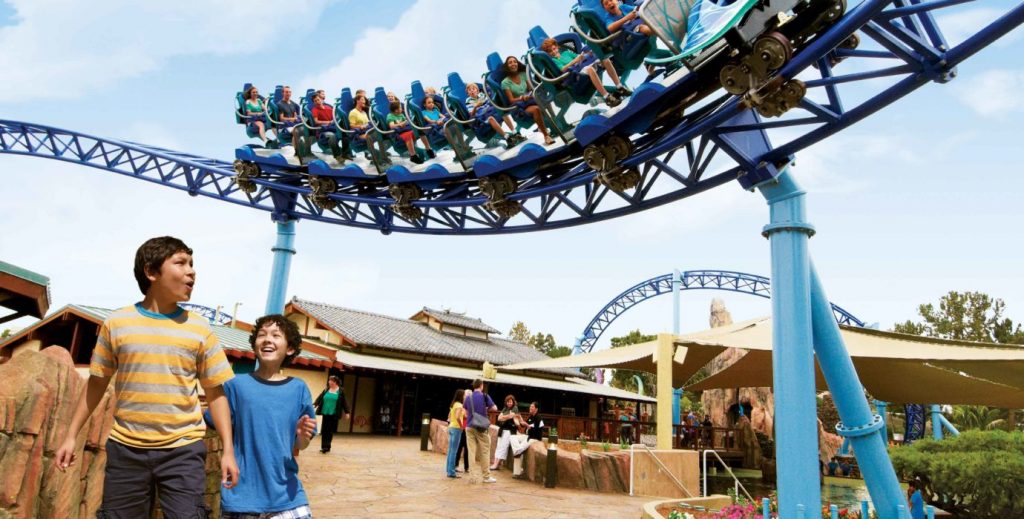
To make way for the large coaster, certain buildings were demolished to make space for the ride’s queue. However, the original gift shop and Bat Ray pools still stand to this day. The gift shop you walk through after the ride is the same building that park guests walked through in 1964 to see divers simulate collecting pearls from the bottom of the sea floor.

Sea Grotto
The Sea Grotto was the traditional aquarium building of SeaWorld. It housed four large aquariums with a variety of saltwater fish. In 1970, a tide pool exhibit was built directly in front of the aquarium which featured native intertidal species that park guests could interact with.
The Sea Grotto was eventually renamed to Aquaria: World of Fishes, and stood relatively unchanged until 2019. Tidal Twister, a family thrill ride, will open next to the Aquaria: World of Fishes this summer and the Aquaria will be renovated to showcase aquacultured tropical fish. This building is one of the very few buildings that is original to the park and retains its original purpose.
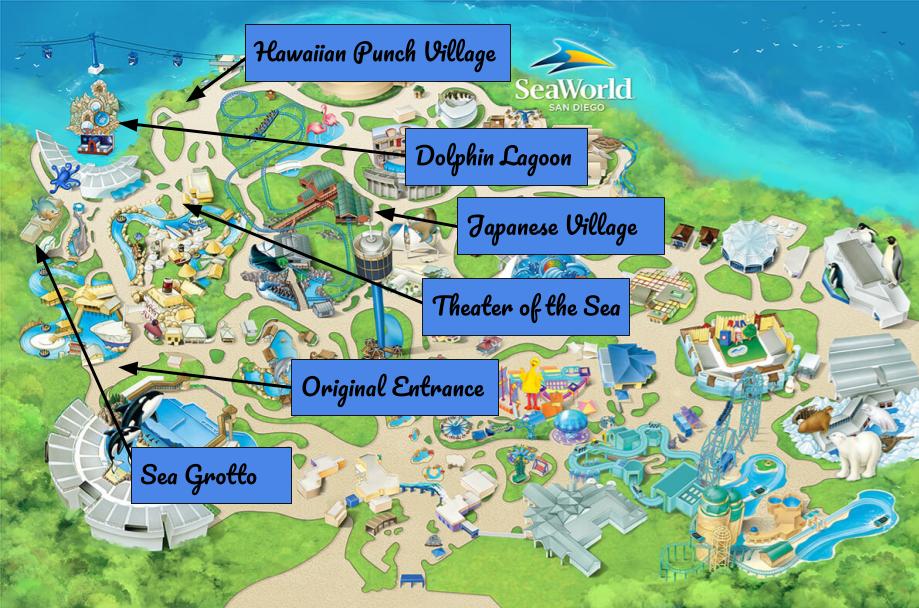
As you can see, SeaWorld has undergone massive expansions over its 55-year history. Unlike its zoological counterparts, SeaWorld started out as a theme park with a focus on both entertaining attractions and animal experiences. SeaWorld still maintains its original purpose today with a combination of attractions for all members of the family and top-tier animal habitats. In the following years, SeaWorld would add many more animal exhibits such as the Freshwater Aquarium (1968), Sea Lion Stadium (1966), Whale Arena (now Dolphin Amphitheater) (1971), Penguin Encounter (1983), Shamu Stadium (1987), Shark Encounter (1992), Wild Arctic (1997), Journey to Atlantis Aquarium (2004), Turtle Reef (2011), Explorer’s Reef (2014), and Ocean Explorer (2017).

To complement the animal attractions, SeaWorld has also added fun attractions such as the Skytower (1969), Bayside Skyride (1967), Mission Bay Theater (1968), Wild Arctic (1997), Journey to Atlantis (2004), Manta (2012) and Electric Eel (2018).
SeaWorld has always been and continues to be a San Diego landmark. In addition to its incredible rescue program that has saved over 34,000 animals to date, the park does educational outreaches and partners with local schools to inspire future generations to care about and protect our oceans.

What is your favorite part of SeaWorld history? Do you have a special memory from the park? Share it with us in the comments!
Stay tuned for more from SeaWorld, and be sure to get social with us on Facebook and follow along with us on Twitter @BehindThrills for the latest updates!
For our latest theme park videos please be sure to subscribe to us on YouTube!


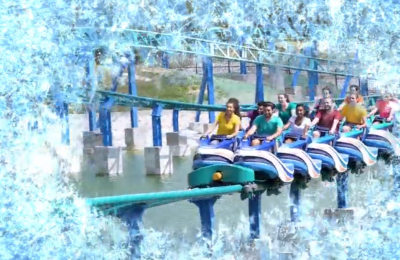
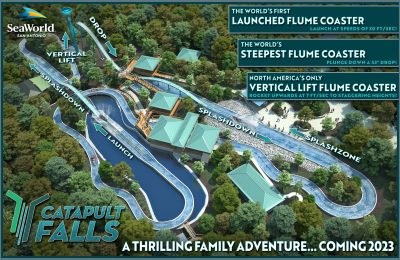
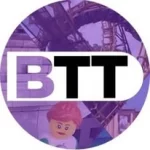




 Concerts, Food,
Concerts, Food, 









 #velocicoa
#velocicoa


 #kingsdominion #i305
#kingsdominion #i305 




 on top of the world
on top of the world